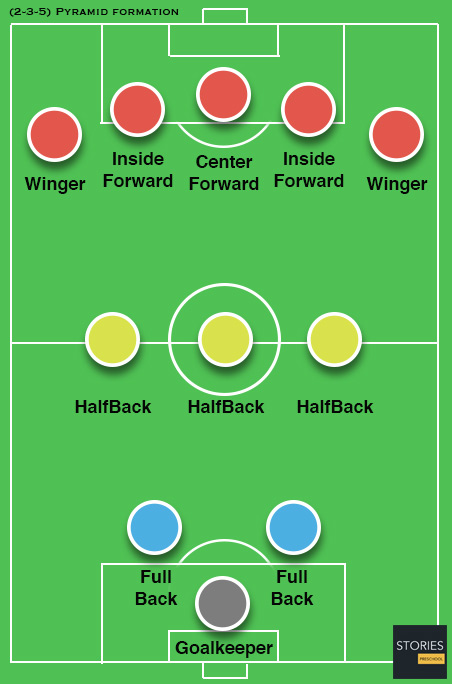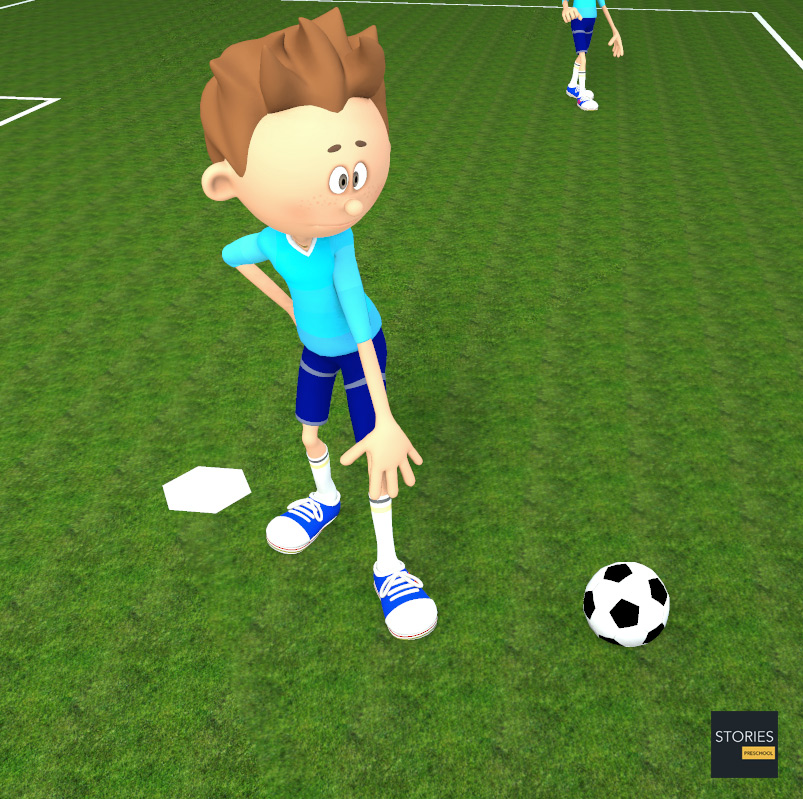Soccer

Centre-Back
The job of the centre-back, (or central defender) (historically called a centre-half) is to stop opposing players, particularly the strikers, from scoring, and to bring the ball out from their penalty area. As their name suggests, they play in a central position. Most teams employ two centre-backs, stationed in front of the goalkeeper. There are two main defensive strategies used by centre-backs: the zonal defence, where each centre-back covers a specific area of the pitch, and man-to-man marking, where each centre-back has the job of covering a particular opposition player.
Centre-backs are often tall, strong and have a good jumping, heading and tackling ability. Successful centre-backs also need to be able to concentrate, read the game well, and be brave and decisive in making last-ditch tackles on attacking players who might otherwise be through on goal. Sometimes, particularly in lower leagues, centre-backs concentrate less on ball control and passing, preferring simply to clear the ball in a "safety-first" fashion. However, there is a long tradition of centre-backs having more than just rudimentary footballing skill, enabling a more possession-oriented playing style.

Centre-backs will usually go forward for set piece corners and free-kicks, where their height and jumping ability give them an aerial goal threat, while defensive duties are covered by the full-backs. Once the set piece is complete, they will retreat to their own half.
The position is sometimes referred to as "centre-half". This originates the late part of the 19th century, when most teams employed the 2–3–5 formation, the row of three players were called half-backs. As formations evolved, the central player in this trio (the centre-half), moved into a more defensive position on the field, taking the name of the position with them.

SPORTS

RESOURCES
This article uses material from the Wikipedia articles "Association football" and "Association football positions", which is released under the Creative Commons Attribution-Share-Alike License 3.0.
© Stories Preschool. All Rights Reserved.












